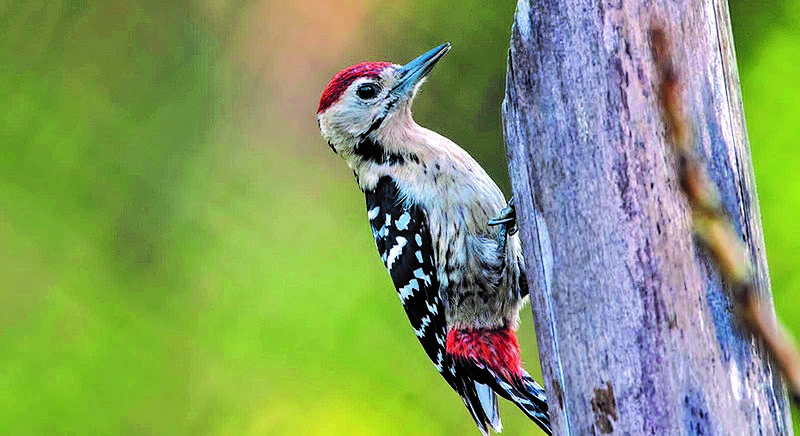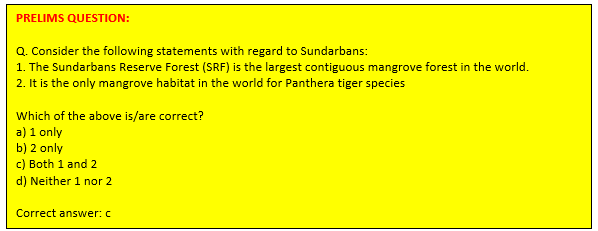Free Courses Sale ends Soon, Get It Now


Free Courses Sale ends Soon, Get It Now



Copyright infringement not intended
Context: Birders, wildlife enthusiasts and forest officials have sighted 145 different bird species during the first Sundarban bird festival.
Details:
About:
Universal value:
Integrity:

https://epaper.thehindu.com/ccidist-ws/th/th_delhi/issues/24665/OPS/G1AAS4GQJ.1+G46AS53KN.1.html
© 2024 iasgyan. All right reserved